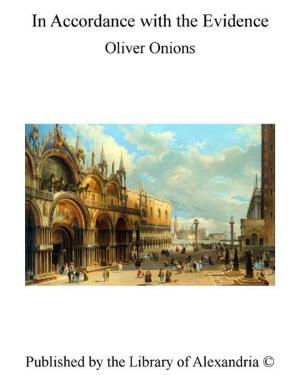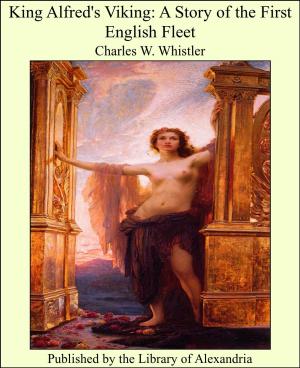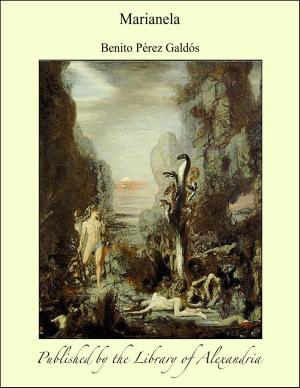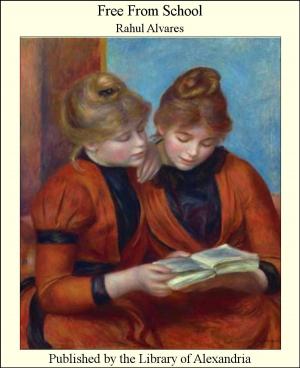Bellini: Masterpieces in Colour Series
Nonfiction, Religion & Spirituality, New Age, History, Fiction & Literature| Author: | George Hay | ISBN: | 9781465597250 |
| Publisher: | Library of Alexandria | Publication: | March 8, 2015 |
| Imprint: | Language: | English |
| Author: | George Hay |
| ISBN: | 9781465597250 |
| Publisher: | Library of Alexandria |
| Publication: | March 8, 2015 |
| Imprint: | |
| Language: | English |
From the standpoint of the biographer, it is to be regretted that more of the great Italian artists of the fifteenth century were not associated with the Church. In the days of the most interesting activity of painters and sculptors, the capacity to write was rarely met beyond the monasteries and few people took the trouble to record any impression of notable men in the early years of their career. We are apt to forget that, for one artist whose name is preserved to us to-day, there are a score of men whose work has perished, whose very names are forgotten. In middle life, or in old age, when commissions from Popes or Emperors had attracted the attention of the world at large to the best men of the time, there might be some chronicler found to make passing but invaluable reference to those of his contemporaries whose names were common in men’s mouths, but such notes were made in very haphazard fashion, they were not necessarily accurate, and might be founded upon personal observation or rumour, or even upon the prejudice that was inevitable when Italy was a congerie of opposing states. Latter-day historians grope painfully and conscientiously after the scanty records of great painters, searching the voluminous writings of men who have little to say, and very little authority for saying anything about the great personalities of the art world of their time. It is not surprising, under these circumstances, that despite much search the record of many lives that must have been fascinating cannot be found. We learn more of the man from his work than we can hope to learn from any written record and, as the taste for studying pictures grows, so all the internal evidence of a man’s thought and ways of life accumulates and the message that underlies canvas and stands revealed in colour and line to the trained eye, is translated for the benefit of a curious generation.
From the standpoint of the biographer, it is to be regretted that more of the great Italian artists of the fifteenth century were not associated with the Church. In the days of the most interesting activity of painters and sculptors, the capacity to write was rarely met beyond the monasteries and few people took the trouble to record any impression of notable men in the early years of their career. We are apt to forget that, for one artist whose name is preserved to us to-day, there are a score of men whose work has perished, whose very names are forgotten. In middle life, or in old age, when commissions from Popes or Emperors had attracted the attention of the world at large to the best men of the time, there might be some chronicler found to make passing but invaluable reference to those of his contemporaries whose names were common in men’s mouths, but such notes were made in very haphazard fashion, they were not necessarily accurate, and might be founded upon personal observation or rumour, or even upon the prejudice that was inevitable when Italy was a congerie of opposing states. Latter-day historians grope painfully and conscientiously after the scanty records of great painters, searching the voluminous writings of men who have little to say, and very little authority for saying anything about the great personalities of the art world of their time. It is not surprising, under these circumstances, that despite much search the record of many lives that must have been fascinating cannot be found. We learn more of the man from his work than we can hope to learn from any written record and, as the taste for studying pictures grows, so all the internal evidence of a man’s thought and ways of life accumulates and the message that underlies canvas and stands revealed in colour and line to the trained eye, is translated for the benefit of a curious generation.















